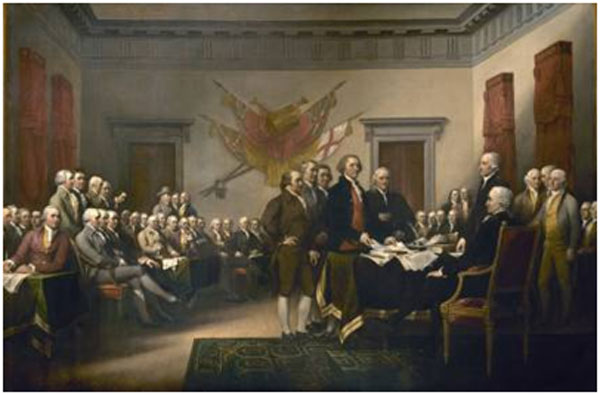
Today, with so many Americans working in some aspect of public relations, it seems hard to imagine that it existed for centuries as a "calling." Ancient civilizations understood the importance of good public relations techniques. With today's communications techniques, the art is very different, yet there are similarities. In ancient times, public relations was used for one reason: to communicate. The early Greeks and Romans engaged in public relations in order to spread their message to as many people as possible. And disseminating information then was not as easy as it is with today's means of communications.
The history of public relations in the United States is as old as the country itself. The leaders of the American Revolution were outstanding public relations practitioners. They used written and oral methods of communications and persuasion extensively. The Declaration of Independence is an example of a written public relations technique. The revolution was not wholly accepted at first, and the early leaders absolutely had to master the art of persuasion. Among the early public relations artists were some of our best known and most respected historical figures: Benjamin Franklin, Alexander Hamilton, John Jay, and Presidents John Adams, James Madison, and Thomas Jefferson. In addition to being an impressive political and legal document, the Declaration of Independence represented a stunning public relations success.
In order to gain widespread acceptance of the Declaration, leading pamphleteers like Thomas Paine ("Common Sense"), James Madison, Alexander Hamilton, and John Jay ("The Federalist") sold it and its ideals. American historian Phillip Davidson has pointed out that patriot Samuel Adams had no superior as a propagandist and that no one in the colonies realized the importance of arousing public opinion better nor took action as assiduously as he did.
Among these early masters of the skills of molding public opinion, a precursor of today's sophisticated public relations techniques, were Abigail Adams, Sarah Bache (Benjamin Franklin's daughter), Mercy Otis Warren, and Mary Katherine Goddard. Today, women have achieved more success in public relations than in almost any other profession.
When the Industrial Revolution took off in the first part of the nineteenth century, American industry promoted minimum interference by government and began to expand and prosper as it never had before. But the golden age of business prosperity also produced many problems. Much of what was accomplished was couched in great secrecy. There was not always a great regard for how the growth of industry would be accepted by the public or how it would affect the general population.
See the following articles for more information:
- The Roots of the Profession of Public Relations
- Why Public Relations Is Important
- What is Public Relations
- Defining Public Relations
